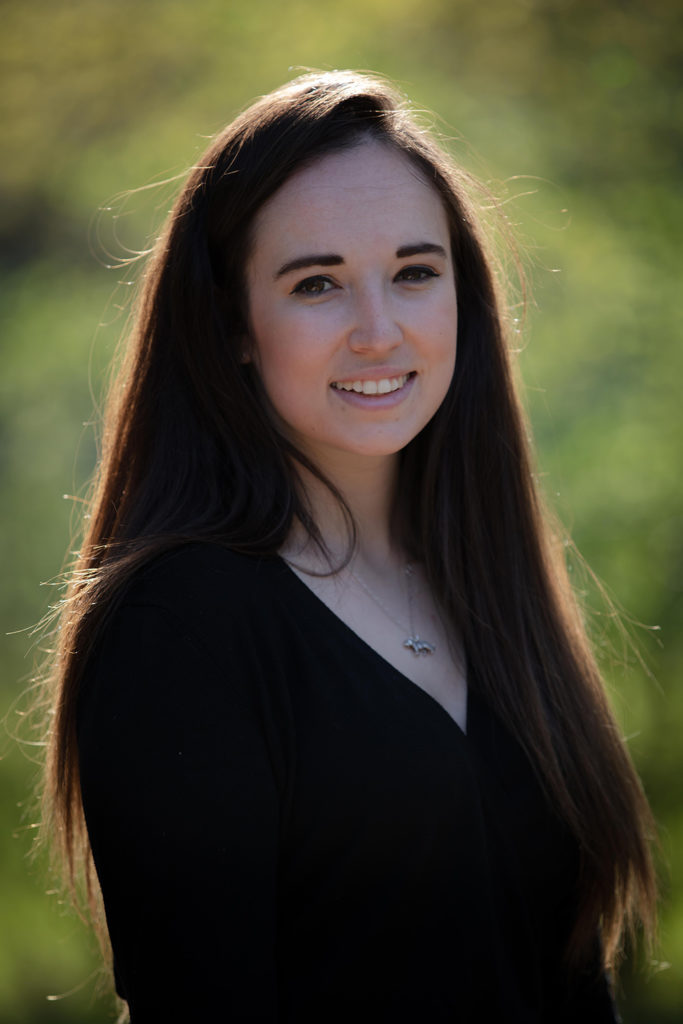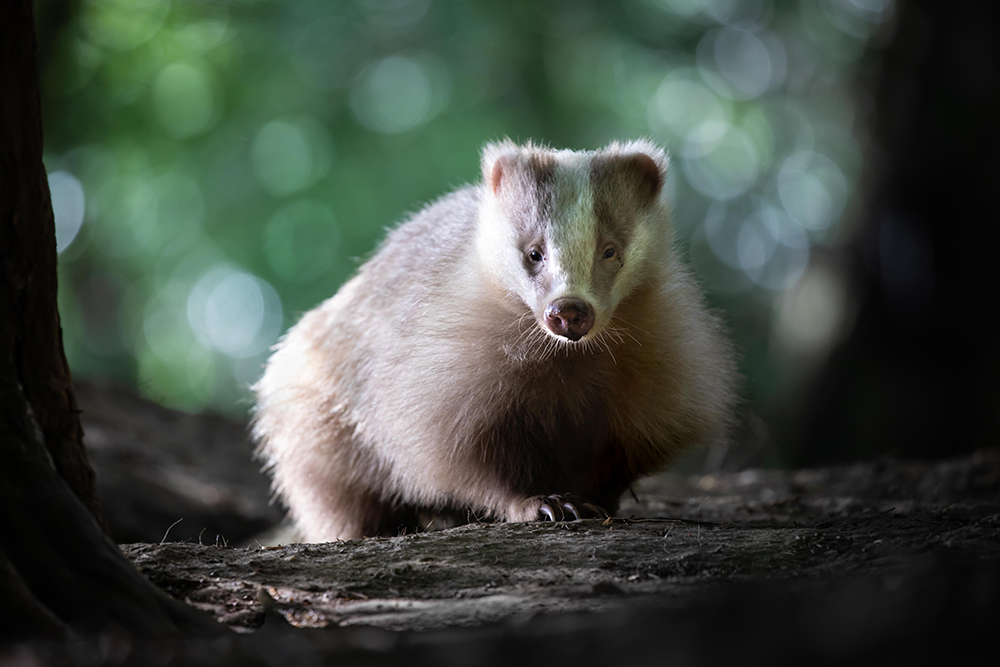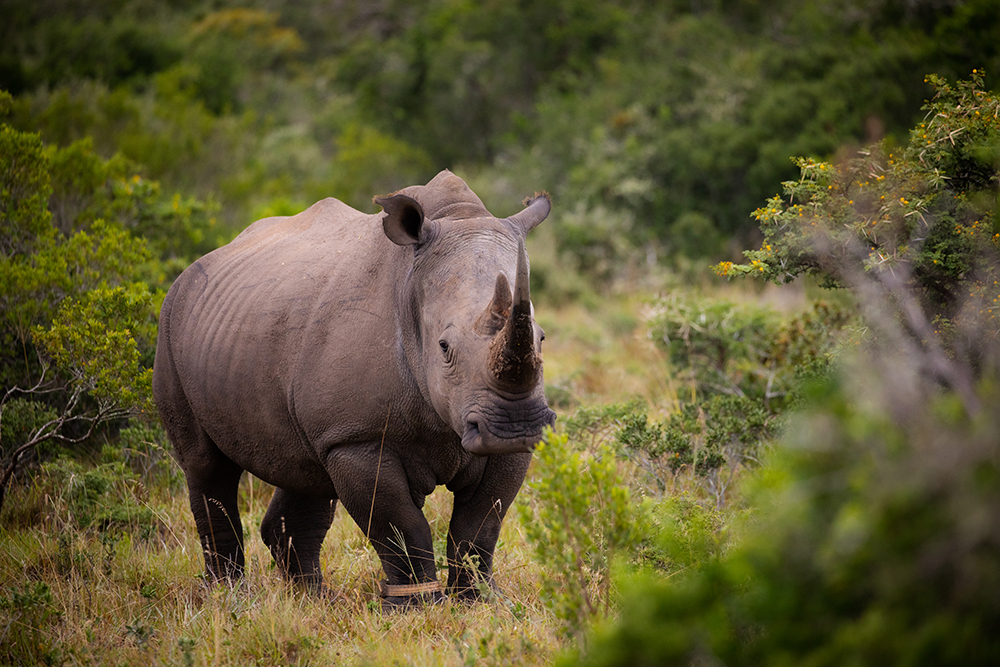Joining the Travel Photographer of the Year judging panel for the first time this year is BBC1’s Springwatch presenter Megan McCubbin. We’ll find out more about her background and career shortly but first we started by asking Megan how she got into photography.
“I first started taking photos at the age of 12. I was given a small, snappy camera, and I really enjoyed it. When I eventually graduated to a Nikon D200 my attention turned to trying to tell stories and capture beautiful moments. I try to be creative and artistic, it doesn’t always work, but when it does, it is so worth it.”

You’re a zoologist. What role has photography played in this part of your career and how important is showing images as they really are, rather than overly manipulated?
“Photography is obviously a useful and complimentary tool. I think there is room for both documentary imagery but also for a more creative approach. It depends on the type of project and images you are attempting to take. Photojournalism is such an important and powerful tool when it comes to communicating stories. In that case, it’s important to take stunning images but they do need to be accurate. Then there is artistic photography. As long as photographers are honest about how they have edited photos then I think it can be a beautiful, creative way of expression. It’s like art. But it does depend on the way an image is used.”
You’re best known to a wider audience through your TV presenting, especially your role in the BBC’s Springwatch and Autumnwatch series? This takes you to some fantastic locations and sees you interacting with incredible wildlife. Do you get time to take your own pictures while you’re away filming?
“I would love to have more time to take photos but, unfortunately, I don’t while I am away filming. When I start a project, I like to invest my all into it, which often means very busy, uninterrupted days of focus and filming. I take my camera with me when I work away but it’s rare that it comes out. I try to integrate it when I can!”
When you were learning photography, who were the biggest influences?
“I had a lot of photography influences growing up. My stepfather, Chris Packham, is a wildlife photographer and was a big influence. I also knew others photographers like Paul Goldstein and Andy Rouse.”
Who are your wildlife and natural history heroes and heroines?
“Tricky one as I have a lot! I admire Jill Robinson a lot, she’s an amazing conservationist. She started Animals Asia in China by rescuing bears from the illegal bear bile farming markets. I learnt a lot through her organisation while I was volunteering there, and she is so kind and passionate.”

Have you come across any new or up-and-coming photographers recently, ones that we should keep an eye out for?
“Rachel Bigsby is a very talented photographer specialising in seabirds. Her photos have caught my eye!”
What is the one piece of advice you would give photographers to help them progress their photography?
“Focus on one subject, and return to the same location a few times to get creative with it. When I go to take photos, I try to pre visualise, try to have an image in mind of what I’d like to capture. It’ll be my only goal and I find by removing other distractions, I can really explore and improve on my original idea.”
Is this your first time judging a major photography award? If so, are you looking forward to it?
“No, I have judged a number of awards before and I always look forward to it. Every competition has a different theme and audience so you never know what images you are going to see.”
What will you be particularly interested in when you judge TPOTY? Are you most interested in photographs of the natural world and environment, or do other genres of photography interest you?
“I admire and respect all types of photography. I am drawn to taking wildlife photos myself as that is the area I am most passionate about, but I do love looking at images of people, culture and architecture, for example. When it comes to photography, it doesn’t matter what language you speak or where you come from. Anyone can see an image and be made to feel a certain way. That’s one of the reasons why I enjoy it so, regardless of subject, if I see a photo that makes me question and engage with the subject then I will generally love it.”
When you’re judging, what are the key things you look for specifically in a single image competition entry?
“I am always looking for originality. I love creative photos that push the boundaries. They don’t have to be complex – sometimes simple is perfect – but I want to be left intrigued and thinking about that image for days afterwards.”
What do you look for in a portfolio entry? Does the portfolio have to tell a story or can it simply be your best images?
“It’s important to me that a portfolio tells a story. I’m looking from photo to photo trying to learn more information about the scene or subject. If there isn’t a clear narrative between the images then I would think about entering them into the single shot category rather than as a portfolio. It’s important, too, that all the images in the portfolio are of a similar standard. With wildlife and nature, for example, I’d like to go away having been made aware of an environment or species in a way that couldn’t be told through a single photo.”

In your opinion, what are the common mistakes photographers make when entering competitions, either single image or portfolio categories?
“I have seen photos entered which I have seen countless times before so originality and a fresh approach are essential. The same types of portraits or motion shots of the same types of animals don’t stand out. It might be a beautiful image and one to be celebrated, but if lots of other photographers have the same shot and people within photography and the photographic industry have seen similar photos lots of times, then they won’t have the same impact and won’t win. I’d always suggest revisiting the idea with a new, fresh perspective.”
Our sincere thanks to you, both for taking the time to give us this insight into how you see the world and also for bringing your fresh eyes and perspective to the year’s judging panel.
Find out more about Megan’s latest news and projects on her website.

